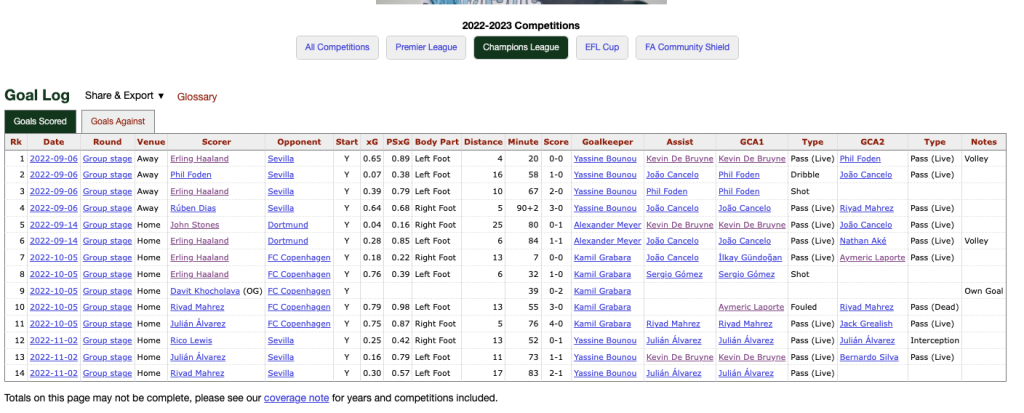UPDATE (Feb. 25, 2016): MLB has informed us that they will be updating Brach's 2015 holds total to 15 (matching us). MLB's Cory Schwartz commented: "We do credit Holds whenever the pitcher enters in a Save situation and leaves with the lead intact, so this was an oversight on our part."
It recently came to our attention that for the 2015 season, we credited Brad Brach with 15 holds. MLB, meanwhile, credited Brach with just 14 holds (NOTE: After reading this post, MLB has agreed that 15 is the correct number of holds for Brach in 2015). It was discovered that the difference was in the handling of the Orioles 5-4 win over the Mariners on May 21. Before we jump into the details, let's examine MLB's definition of a hold (bolding is ours, for emphasis):
"The hold is not an official statistic, but it was created as a way to credit middle relief pitchers for a job well done. Starting pitchers get wins, and closers -- the relief pitchers who come in at the end of the game -- get saves, but the guys who pitch in between the two rarely get either statistic. So what's the most important thing one of these middle relievers can do? "Hold" a lead. If a reliever comes into a game to protect a lead, gets at least one out and leaves without giving up that lead, he gets a hold. But you can't get a save and a hold at the same time."
UPDATE (Feb. 26, 2016): Please see MLB's updated Holds definition here
As you can see, this isn't really much of a definition at all. There's little in the way of criteria here, and it's also pointed out that the statistic isn't even official, anyways. In fact, there's enough confusion that MLB.com credits Cory Rasmus with 2 holds in 2015, but Elias (MLB's official statistician) credits him with 1 hold in 2015. We credit him with 2, for what it's worth. This "definition" provides enough room for interpretation that variance in recorded totals is not uncommon.
Being that the statistic is unofficial, explaining all of this might be a pointless exercise, but in an effort to be transparent, we at least want to point out what standard we are using to assign holds.
Our standard is to give a pitcher a hold any time they protect a lead in a save situation (meaning they could have been eligible for a save if they finished the game). Brach presents an interesting study in that May 21 game. Starter Chris Tillman pitched 3 innings and left with a 4-1 lead. Obviously, he was not eligible for the win due to Rule 10.17(b), as he did not complete 5 innings. Tillman was relieved by Brian Matusz, who allowed 2 runs in the 4th, but completed the inning of work and left the game leading 4-3, when Brach took the mound for the 5th inning. Brach completed 2 scoreless innings, but the Mariners tied it up in the 7th after Brach left the game. The Orioles eventually won the game.
With the benefit of hindsight, you could say that Brach would have been in line for the win (not the save) if he had finished the game, since he ended up being more "effective" than Matusz, which would make it nearly a lock that the official scorer would have given him the win. But, hypothetically, Brach could have given up 20 runs in relief, but maintained the lead, and earned the save (with Matusz getting the win). As unlikely as that scenario is, the point here is that we're not using hindsight in assigning holds. In our opinion, the opportunity for a hold is defined when you enter the game and is only removed retroactively if you are given the win.
To be as clear as possible: our policy is to credit a hold when a pitcher enters the game in a save situation and leaves with the lead (and is not later given the win by the official scorer).
As we bolded in MLB's definition of a hold, "If a reliever comes into a game to protect a lead, gets at least one out and leaves without giving up that lead, he gets a hold." It would sure seem to us that Brach's May 21st appearance fits that criteria.
2019-07-09 Update on Long Holds
We were silent on this issue earlier, but we do not give a hold in the situation where a reliever is only in line for a "long save". A long save would be the type where they pitch three innings with the lead to end the game. For example, on June 29th in London Yankee Nester Cortes entered a 14-6 game in the bottom of the 4th with two outs, and a runner on first. This is not a standard save situation. He then pitched three innings in relief and did not relinquish the lead. If he'd gone on to complete the game he would have received a save, but his appearance did not begin as a save situation as the save is dependent on him pitching three innings. We do not include these situations as save situations and do not credit holds in these cases. This is true of most record keepers, but we are aware that MLB gameday did give Cortes a hold in this situation.
This wonderful Hardball Times article spells out the many differences in how holds and blown saves are calculated. It turns out no two sources agree on any of the league totals for holds or blown saves.



We're Social...for Statheads
Every Sports Reference Social Media Account
Site Last Updated: Friday, May 1, 2:56PM
Question, Comment, Feedback, or Correction?
Subscribe to our Free Email Newsletter
Do you have a sports website? Or write about sports? We have tools and resources that can help you use sports data. Find out more.